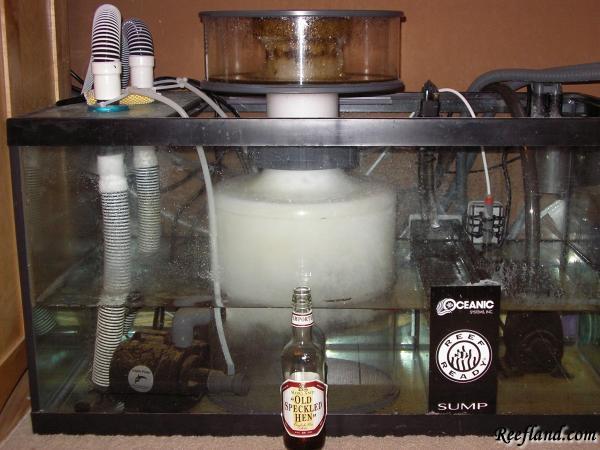hmmm...
the ultimate aeration experiment...
shaking
vs.
pure 02
vs.
paint shaker
vs.
olive oil
vs.
popping submerged balloons
vs.
stirring
vs.
splashing
vs.
blowing into it with a soda straw
vs.
running it through a pool pump
vs... anything else?

the ultimate aeration experiment...
shaking
vs.
pure 02
vs.
paint shaker
vs.
olive oil
vs.
popping submerged balloons
vs.
stirring
vs.
splashing
vs.
blowing into it with a soda straw
vs.
running it through a pool pump
vs... anything else?



















































![Craft A Brew - Safale BE-256 Yeast - Fermentis - Belgian Ale Dry Yeast - For Belgian & Strong Ales - Ingredients for Home Brewing - Beer Making Supplies - [3 Pack]](https://m.media-amazon.com/images/I/51bcKEwQmWL._SL500_.jpg)








